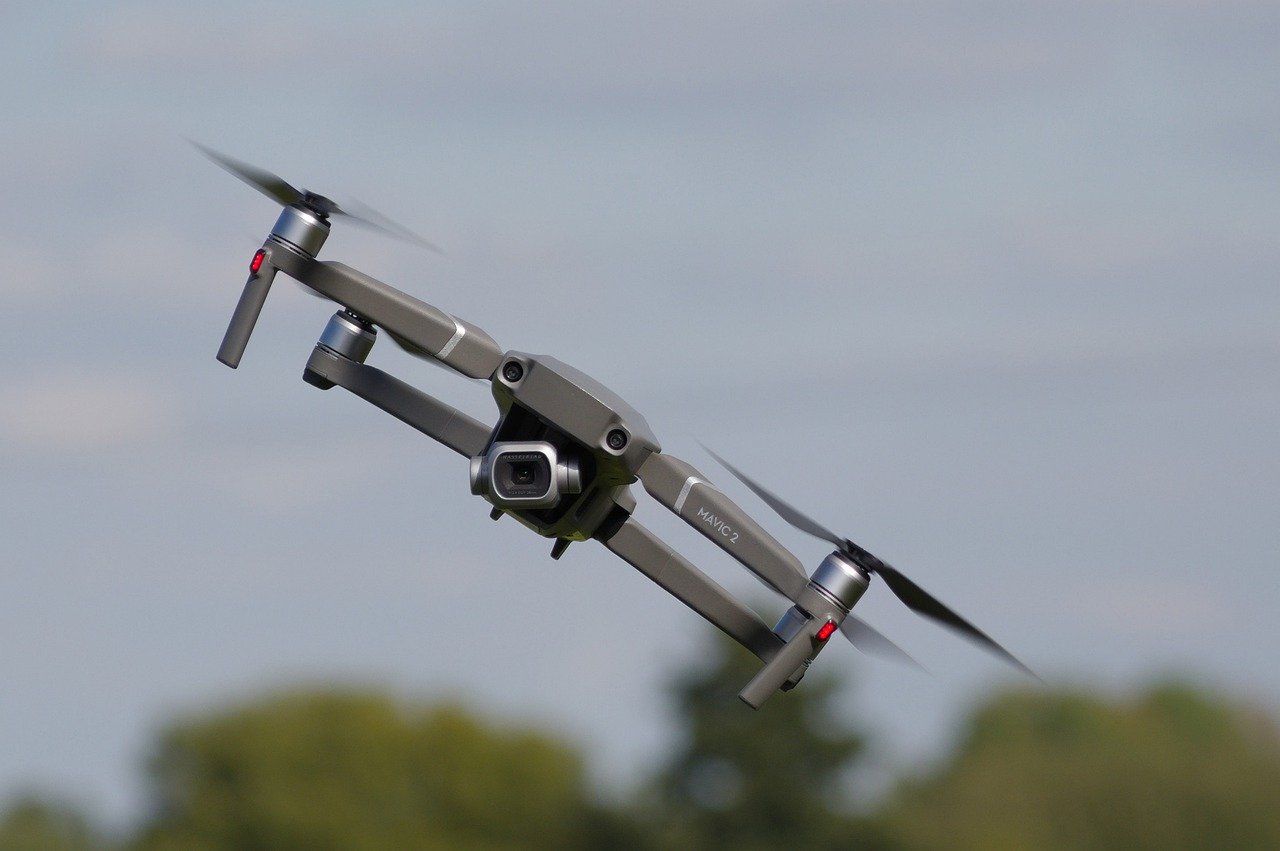This post is also available in:
 עברית (Hebrew)
עברית (Hebrew)
The European Defense Agency (EDA) has successfully demonstrated how artificial intelligence and unmanned systems can work together to detect explosives and improvised explosive devices (IEDs) in different scenarios, which is a major breakthrough for defense research.
According to Interesting Engineering, the demonstration involved one UAV and two UGVs, each equipped with different sensors, which coordinated autonomously to search for mock-ups of explosives and IEDs, including unexploded ordnance, in rural and urban areas. The demonstration showed that the system can perform complex tasks with minimal human intervention and was part of AIDED- “Artificial Intelligence for Detection of Explosive Devices”.
The system uses various sensors for detection, like the EMI (metal detector that can locate metallic objects underground or inside objects), the ground penetrating radar (that can provide more accuracy but is sensitive to the movements of the carrier), the Laser-Induced Breakdown Spectroscopy (which uses a powerful laser beam to create a small plasma of the area to be analyzed by a spectrometer, and a bigger sensor that is used to identify the explosive device.
The system also reportedly uses neural networks and AI algorithms that can learn from data for each type of sensor signal processing, while the neural networks were trained on labeled data sets acquired during the project.
Other sensors are used for localization and mapping algorithms for robot navigation, and to cope with situations like when there is no GPS available. The system faced challenges and demonstrated the ‘detect and avoid’ system for avoiding collision between the UAV flying at very low altitudes for good detection and the UGVs.
This demonstration is a significant milestone for the AIDED project, showing that AI can be effectively used in several aspects of an unmanned systems operational environment, like mission planning, self-navigation, teamwork, and explosive device detection.
This information was provided by Interesting Engineering.


























